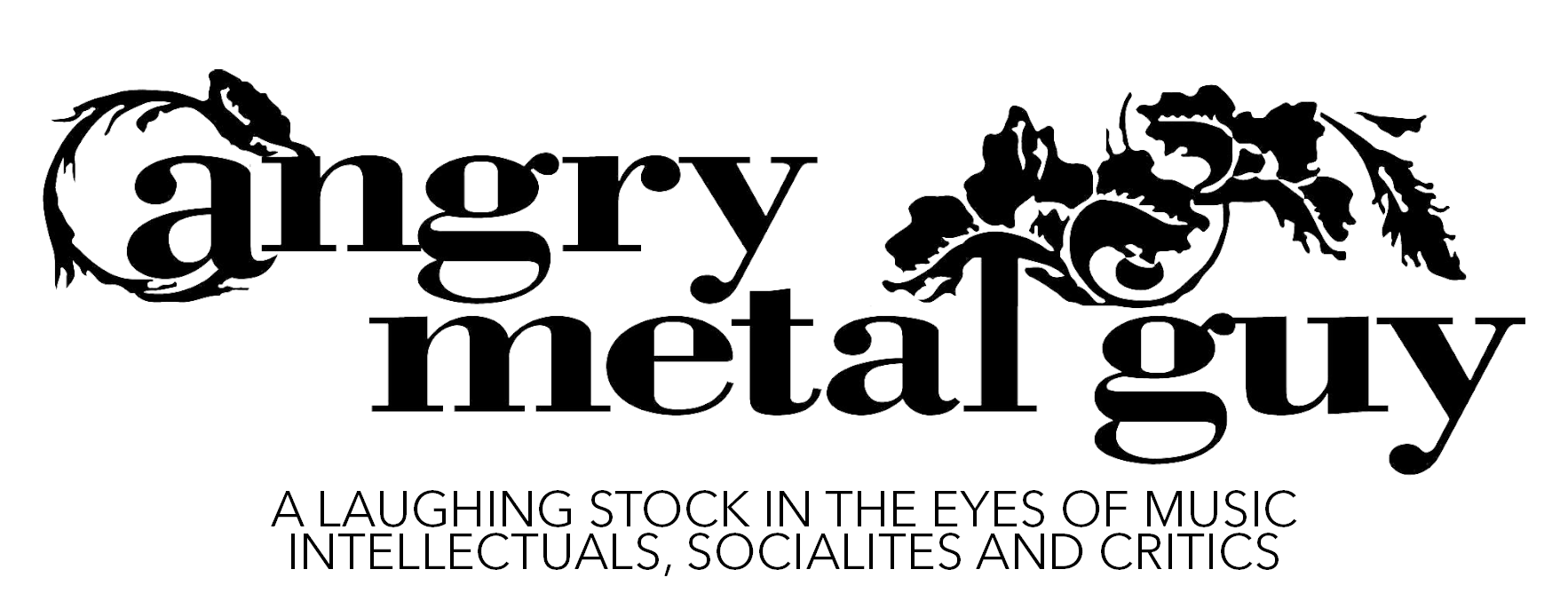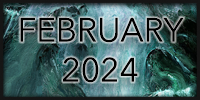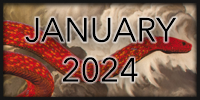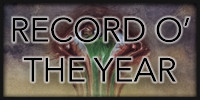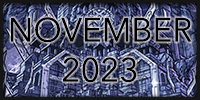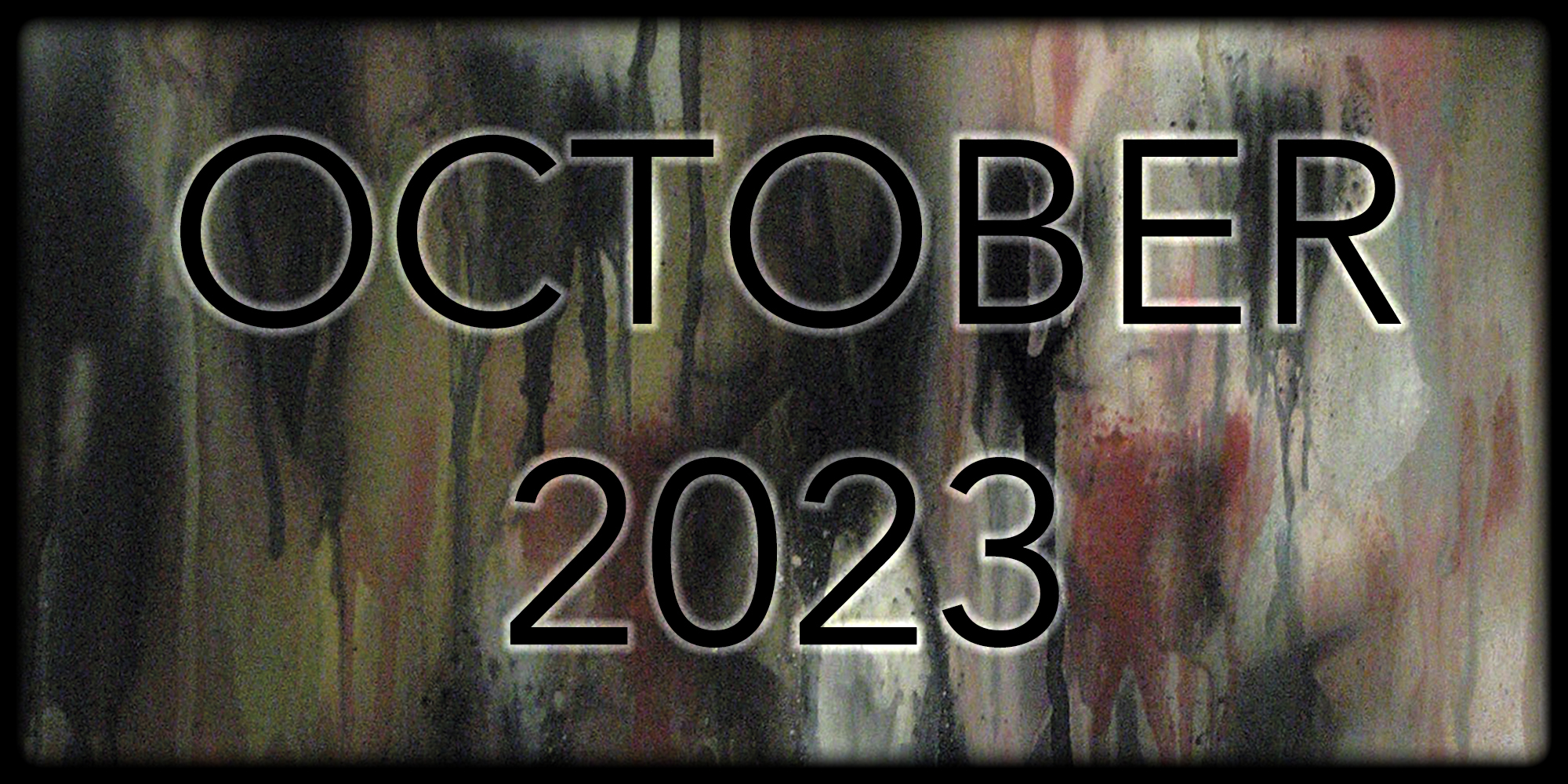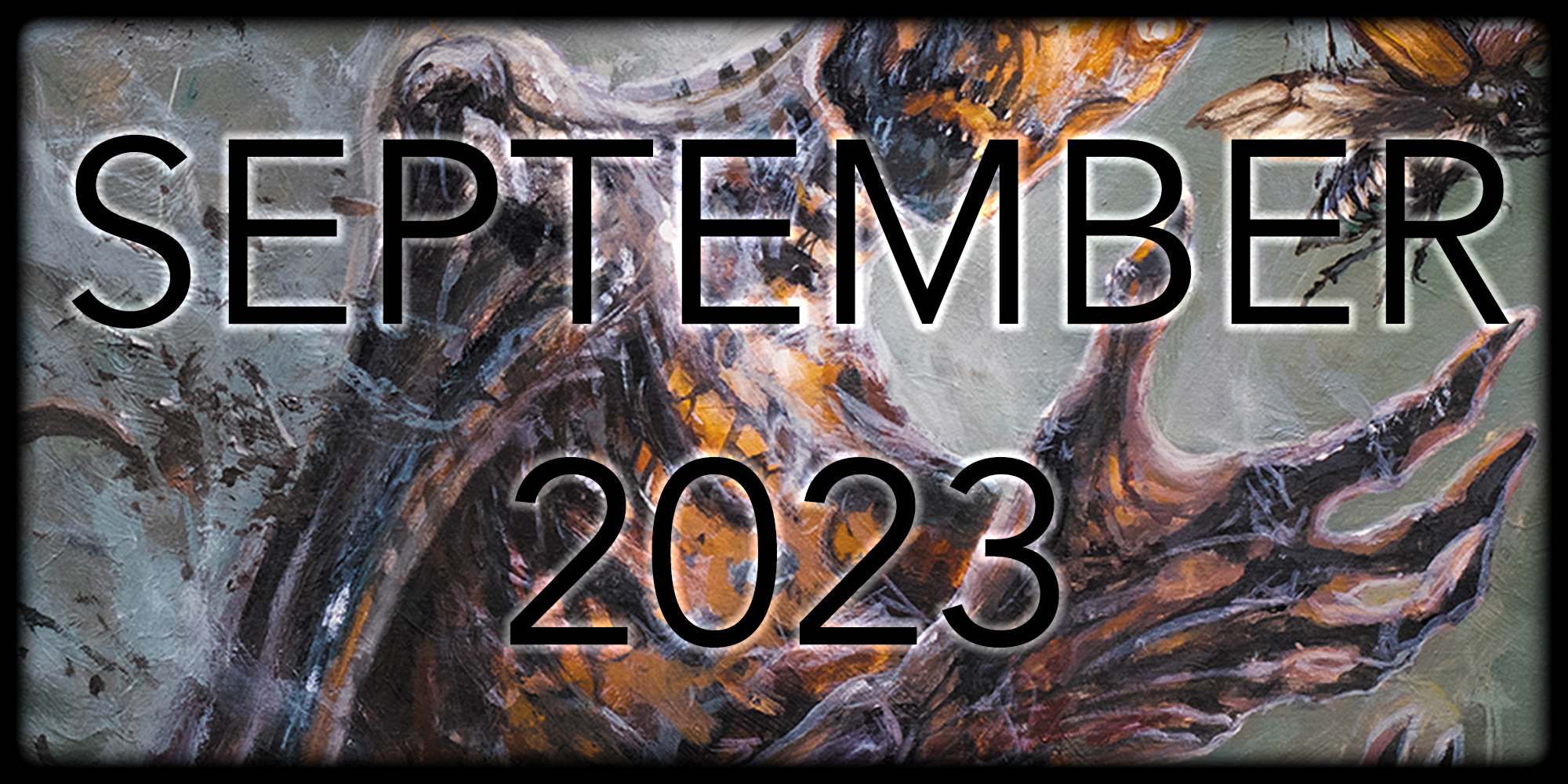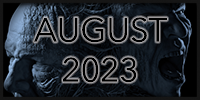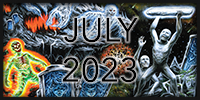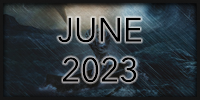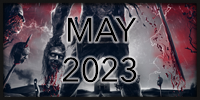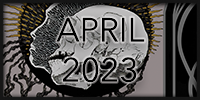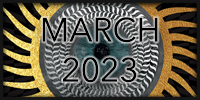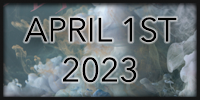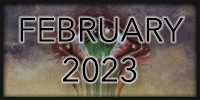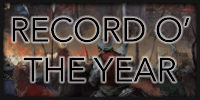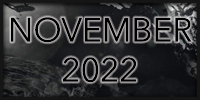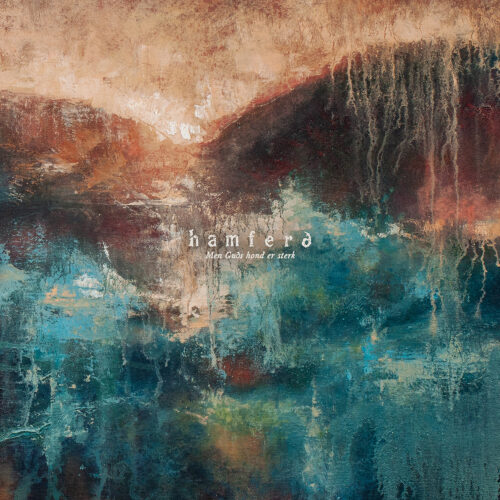
Like so many things doomy, Hamferð doesn’t move quickly. Back in ’18,1 these Faroese doomsters—fronted by my golden-voiced arch-nemesis and all around begrudging ‘friend o’ the blog’ Jón Aldará—released their second album Támsins likam. The album was my Record o’ the Month and would go on to be my Record o’ the Year because it was an incredible accomplishment of dour and sinister, but simultaneously fragile, funeral doom. But Evst—the band’s debut full-length2—was released in 2013, so already then, Támsins likam was 5 years in the making. At an Orphaned Land-esque speed, Hamferð has plodded back with its third full-length, Men Guðs hond er sterk (But God’s Hand Is Strong). And I’m not going to be coy; it’s a doozy.
Conceptually, Men Guðs hond er sterk focuses on a tragedy that took place in 1915, where 14 men died in a whaling accident that was witnessed by the local inhabitants of Sandvik in the Faroe Islands. This focus on a very real tragedy is a new beginning, as Hamferð’s debut MLP (Vilst er síðsta fet), and previous LPs Evst, and Támsins likam shared a basic story. The album’s name is derived from the key quote from an interview from a survivor,3 who rather than focusing on just how tragic the event was, instead focused on the miracle that some people survived. “But God’s hand is strong,” he says, in the part I understand, before explaining his own miraculous survival (I surmise). These facets help to structure the album to my ears: a descent into tragedy, foreshadowed through the storytelling, with a mournful—but almost hopeful—turn at the end.
The thematic duality between tragedy and hope that characterizes the narrative is made manifest in the music. The quote that became the album’s title encapsulates the mixture of despair, sorrow and hope contained herein. Compared to its predecessor, Men Guðs hond er sterk is often quite energetic—fast, even—featuring what I’ve previously referred to as “eighth note doom”—which you can often hear in the cymbals (“Ábær,” the chorus in “Marrusorg”). This energetic narrative stands in contrast to the crushing pace and seas of white space featured on Támsins likam.4 The mournful wrinkle to the tragedy is reflected not in grief following the event, but rather in the hushed, melancholy tones that characterize the storytelling. Tracks like “Glæman” and “Marrusorg” feature an Opethian swing and with beautiful melodies and delicate vocals. The two sides, of course, work together to build tension towards a coming tragedy, before the tragedy (“Hvølja”) that becomes Men Guðs hond er sterk’s denouement.
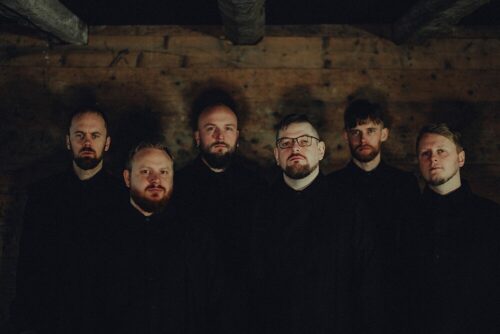
It helps, of course, that everything about Hamferð’s new opus sounds incredible. Engineered and mixed by guitarist (and primary composer) Theodor Kapnas, the album clocks in at a roomy DR 8,5 and is distinguished by a smooth, organic sound. A strong, well-balanced mix emphasizes the nuanced songwriting and performances (love the variations on the guitars in the build in “Fendreygar,” for example), and I continue to be impressed by how tight they are, even eschewing a click-track in their recording process. Furthermore, the tone choices demonstrate excellent taste that perfectly communicates the band’s message. And I would be remiss if I didn’t note that Jón Aldará (Iotunn, Barren Earth6) sounds as good as he’s ever sounded. Aldará’s voice bridges the unknown—incomprehensible lyrics—and the listener’s feelings with ease. His emotive voice, with his idiosyncratic and throaty7—yet strikingly clear and brassy—delivery carries the emotional weight necessary to listen to an album in Faroese and feel just as moved as if it were in my native language.
Hamferð’s strengths are abundant and Men Guðs hond er sterk leverages each of them to land a coup de maître. The one complaint I could imagine about the album is that it is simply not as heavy as the band’s earlier material. For me, this feels like a consequence of an album written to its concept. Yes, I would gladly listen to more of the band’s crushing, quarter/half-note doom á la Támsins likam, but good concept albums like this one are more than the sum of their individually excellent parts. And when it comes down to it, the record’s flow is impeccable, the writing is subtle but addictive, and the glimmer of sorrowful hope is just what I need to help me get through my days right now.
Rating: Excellent
Format Reviewed: 320 kb/s CBR mp3 | DR: 8
Label: Metal Blade Records
Websites: hamferd.bandcamp.com | facebook.com/hamferd | instagram.com/hamferdofficial
Releases Worldwide: March 22nd, 2024
